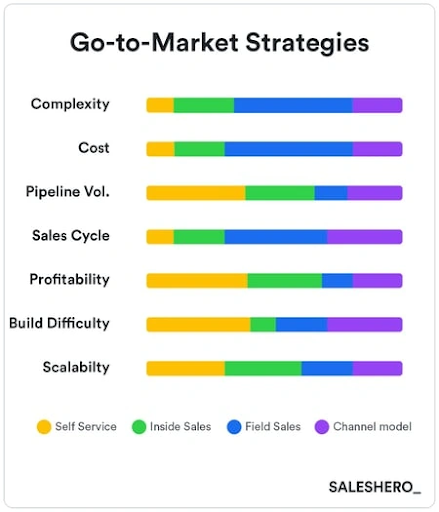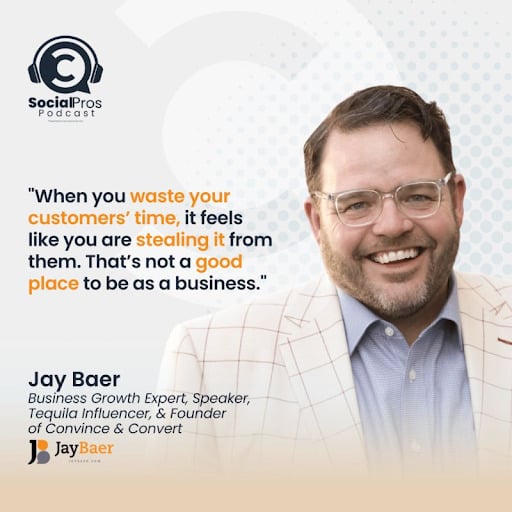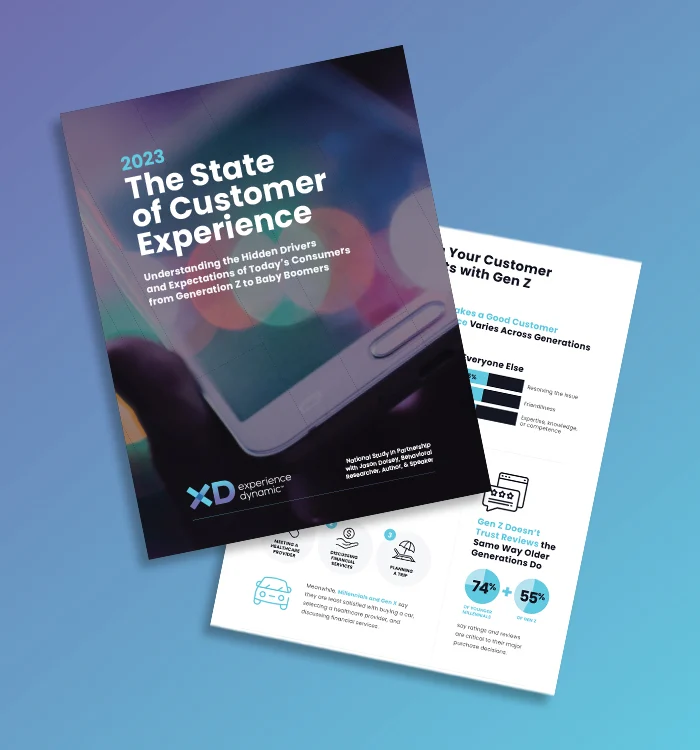In 2015, I launched my first book, Manipurated. In it I explored the growing importance of online reviews and online reputation to brands and organizations. Now almost eight years later, we thought it would be interesting to see how the tenets put forth in that book held up over time.
Anthony Helmstetter, one of the strategists on the team at Convince & Convert, had ChatGPT extract and summarize ten key rules of customer experience from my book. I’ve listed them here along with my perspective on how that particular tenet has held up – have things fundamentally changed in customer experience, social media and marketing since 2015?
Let’s take a look at the findings and my analysis of how CX has evolved in 2023.
1. “Brands today have to operate with full transparency, honesty, and an unwavering commitment to their customers’ well-being.”
There was a point in history when a brand could take a gamble on what they told consumers about their products. In the early 2000s, a lot of emphasis, particularly among packaged goods, was around an “in me, on me, around me” mentality. That suggested that consumers cared most about greener, healthier and more natural products that they ate or put in their bodies, followed by the things they put on their bodies and then the environment around them.
That’s changed. A lot of consumers now expect brands to take steps to be better stewards of the planet and resources and to clearly articulate how they are doing so in transparent, open and honest ways. Of course there are still consumers who don’t share those wishes and will do business with brands that run against that current of sentiment. But, it’s fair to say that in 2023, the vast majority of consumers – particularly younger consumers – expect brands to be transparent, honest and truthful about their products. This comes down to content and marketing, too, as that’s the proving ground for trust.
How has CX evolved since you started in your career? Click To Tweet2. “Online reviews can make or break your business.”
Not much more needs to be said on this theme – people trust other people like them more than brands or ads, and that’s more true now than at any point in history. So, yes, online reviews are make-or-break for a business, particularly those looking to break into a new market.
3. “Marketing can no longer be viewed as a standalone business function that operates independently of the rest of the organization.”
One of the ways the industry talks about marketing is a go-to-market model. I like the image of that. It helps visualize all of the steps a product takes from inception to production to getting it into customer hands. And, critically, how they talk about it, where they encounter information about it and what they say about it (and where). This points to an increased emphasis on integrating with customer care, product marketing and product development to ensure the products going into the market are what the customer needs and are meeting their needs.

4. “Authenticity and transparency are the currency of the new economy.”
When BeReal launched in 2020, it scratched an itch some did not expect – one about authenticity and realness in the content shared on social media. That felt novel and exciting. Since October 2022, the number of active daily users has dropped by more than half to less than 6 million in the Spring of 2023. Do not take its decline as an indictment against authenticity; rather, it’s a high water mark. More people care about being real and seeing the real sides of brands.

5. “Social media is no longer a ‘nice to have’ for brands, it’s a ‘must-have.’”
I’m not sure this remains one hundred percent true now. Some brands are finding success with going old school, thinking of marketing in a flip phone model. But what is true is the value social can drive for a business when it’s done with intention and conviction. It must be done with purpose and an audience-first mindset to actually work.
6. “Your brand is not what you say it is; it’s what your customers say it is.”
This one is easy; not much more needs to be said.
7. “In the digital era, reputation is everything.”
Solid reputations lead to trust, and trust leads to long-term customer relationships. Good reputations also have direct bottom-line impact for your brand and business. The question in 2023 isn’t about the value of a strong reputation. The question now is what do you do about it, particularly if you’ve made some missteps that might have caused minor reputation dings?
There’s two parts to that question – technology, and communications strategy.
You need the right monitoring infrastructure in place to know what’s being said about your brand, and to help you gauge the velocity of comments when things go wrong. There’s no perfect answer to the technology question. Some platforms perform better than others for specific use cases or verticals. Birdeye, Reputation.com, ReviewTrackers, Reviews.io, Yext and Podium are all options for you to consider.
The second part of that question is what do you do about reputation issues? I believe customers now value candor and honesty more than ever. Don’t make excuses when things go wrong, or offer detailed and complicated explanations. Address the criticism, admit if you’ve let the customer (or customers) down and commit to doing better. Customers are willing to forgive you, particularly if they feel you have heard what they have to say. Making the same mistake repeatedly, on the other hand, could indicate that you either have a product or operational problem.
It’s valuable to remind yourself that the world is pretty polarized right now. Criticism, haters and negativity are part of the operating environment. Not all negative comments equate to a negative reputation. Also, with very few exceptions, not all brands or organizations need to appeal to all people.
Don’t make excuses when things go wrong, or offer detailed and complicated explanations. Address the criticism, admit if you’ve let the customer (or customers) down and commit to doing better.
8. “The most successful brands focus on building relationships, not just transactions.”
So much has changed since 2015, but there are three themes that marketers should be paying attention to: responsiveness, speed, and audience. These themes are a big part of Jay Baer’s latest research and book, The Time to Win. People often feel ignored (because they are), and can still be surprised by an organization’s responsiveness and speed. How many customers has your organization lost, or never earned the opportunity to serve in the first place, simply because it’s too hard to do business with you?
Customer experience in 2023 is about modeling your organization’s hierarchy of mandates on the pivot points of speed, responsiveness and channels. On the latter point, don’t overlook your non-digital channels like phone and physical presence.
9. “A well-defined brand purpose can help attract and retain customers.”
This is important in 2023, but it’s actually more useful to think about this from an audience-first mindset. Do you know what audiences you actually serve? Can you articulate those audience segments, and speak fluently about how you provide meaningful interactions with them? Think about how you want to show up to your core customer. Build the relationship and think of them as your community, not your customer.
10. “Marketing today requires more listening than talking.”
This is still very valid, although the skill of saying what you need to say in 30-45 seconds or less is probably one that more organizations can do a far better job of cultivating.
You may be interested in Social Pros Podcast episode: Jay Baer on Why Now Is the Time to Win

How CX Has Evolved since 2015 to 2023
As you can now see, marketing has transformed in profound ways since 2015. The integration of marketing into the very fabric of an organization, aligning seamlessly with customer care and product development, exemplifies a shift towards holistic customer-centricity. Authenticity and transparency remain invaluable currencies.
In this era, a brand’s reputation is more than gold; it’s the very heartbeat of sustained success. Technology aids in monitoring, but it’s the art of meaningful communication that truly mitigates reputation challenges. Building relationships has outshined transactions, reminding us that responsiveness, speed, and audience connection are the keys to unlock lasting customer loyalty.
Purpose-driven brands resonate profoundly, yet in 2023, the true magic lies in considering your audience as a community, not just customers. In the realm of marketing, listening still reigns supreme, underscoring the evergreen importance of understanding your audience deeply.
The evolution is ongoing, and the horizon is promising, offering us the chance to continually refine our strategies and truly win in the ever-changing realm of customer experience.


